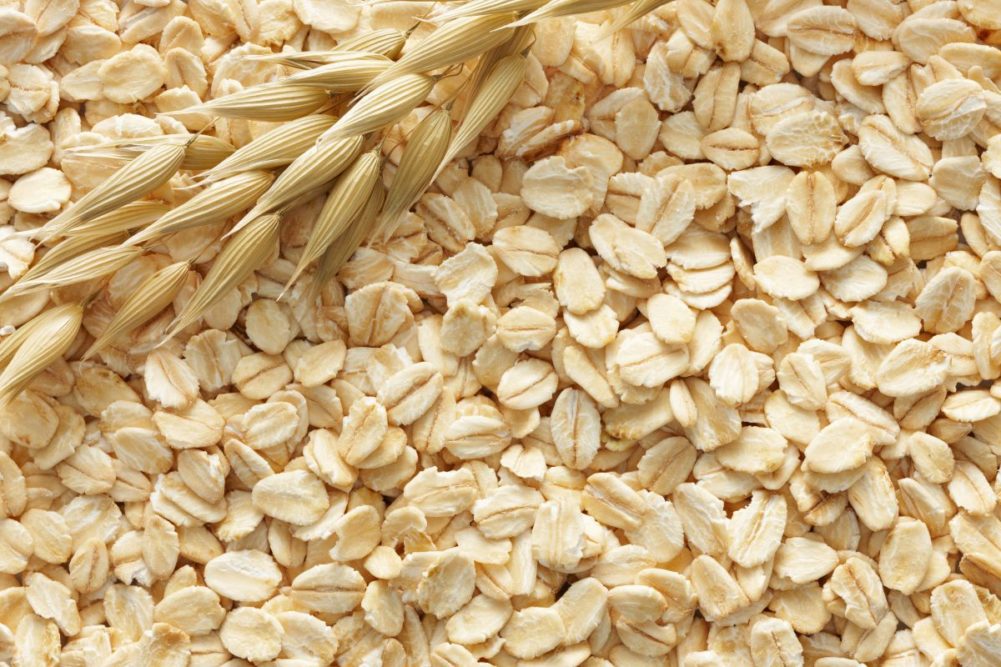KANSAS CITY, MISSOURI, US — The past couple of years have been a bit of a wild ride for the Canadian oat market. The globe’s leading supplier of oats has whiplashed from perilous lows to record highs and then back again in a short time span, leaving many in the industry to wonder what’s in store for this typically stable grain market that is having an atypical moment.
Like many commodities, the oat market was not immune to supply chain setbacks during the pandemic. But the meteoric-surge in demand driven primarily by the oat-based dairy alternative industry along with a devastating drought in the Canadian Prairies further exacerbated the situation, bringing 2021 Canadian oat supplies to a 19-year low and pushing CME Group oat futures to record highs.
Canadian farmers responded the following year by increasing the number of acres seeded to oats by 6%, bringing the total up to 3,936,700 acres, compared with 3,711,811 acres seeded in 2021. But few were prepared for the explosive 2022 oat production.
The Agriculture and Agri-Food Canada (AAFC) forecast 2022 oat production at 4.6 million tonnes. Canadian oat growers and market analysts at the 2022 North American Millers’ Association spring conference projected lower output than the AAFC due to the late seeding that occurred that year, but their predictions were still above the five-year average, which was 3.716 million tonnes for the date at that time. But the actual 2022 oat production for Canada ended up being estimated at 5,226,465 tonnes.
The dramatic swell in oat production completely turned the tables on the oat market. The near-empty supply pipelines from the prior year quickly filled to capacity, and 2022-23 oat supplies were estimated at nearly one million tonnes above the average. Oat prices and nearby CME oat futures began a downhill trajectory that has struggled to recover ever since.
At the 2023 Sosland Publishing Co. Purchasing Seminar, Randy Strychar, owner and president of Ag Commodity Research and Oatinformation.com, said with the standard Canadian usage of oats at 10,000 tonnes per day, it would take approximately two to three years to reduce the massive surplus, which was the largest surplus Canada had experienced in 45 years.
Again, farmers responded in 2023 by reducing the number of acres seeded to oats to 2,527,000 acres, the lowest on record, according to data reported by Statistics Canada.
In its Dec. 4 crop production report, Statistics Canada estimated 2023 Canadian oat production at 2,635,574 tonnes, down 50% from 5,226,465 tonnes in 2022 and even down 9% from the drought-ravaged 2,898,619 tonnes produced in 2021. On Nov. 27, Statistics Canada said October oat deliveries were 154,020 tonnes, down 64% from 424,896 tonnes in September and down 29% from 218,056 tonnes in October 2022. Statistics Canada said total oat deliveries for the August-October period were 883,231 tonnes, down 2.1% year-over-year for the period and down 7% from the five-year average. Ideas were the sharp drop in 2023 oat production this year contributed to the declines in delivery.
Meanwhile, demand for oat-based dairy alternatives and other oat products shows no indication of slowing. A recent report estimated the oatmeal market, valued at $7.64 billion in 2022, may reach $13.96 billion by 2032 as consumers continue to search for healthy and easy-access food products. And with the popularization of plant-based diets along with more consumers discovering their intolerance for lactose, market analysts are expecting the oat milk market to grow by at least 10% over the next 10 years. But the question remains as to whether oat production will find its balance and stride as it walks the fragile tightrope of supply and demand.





